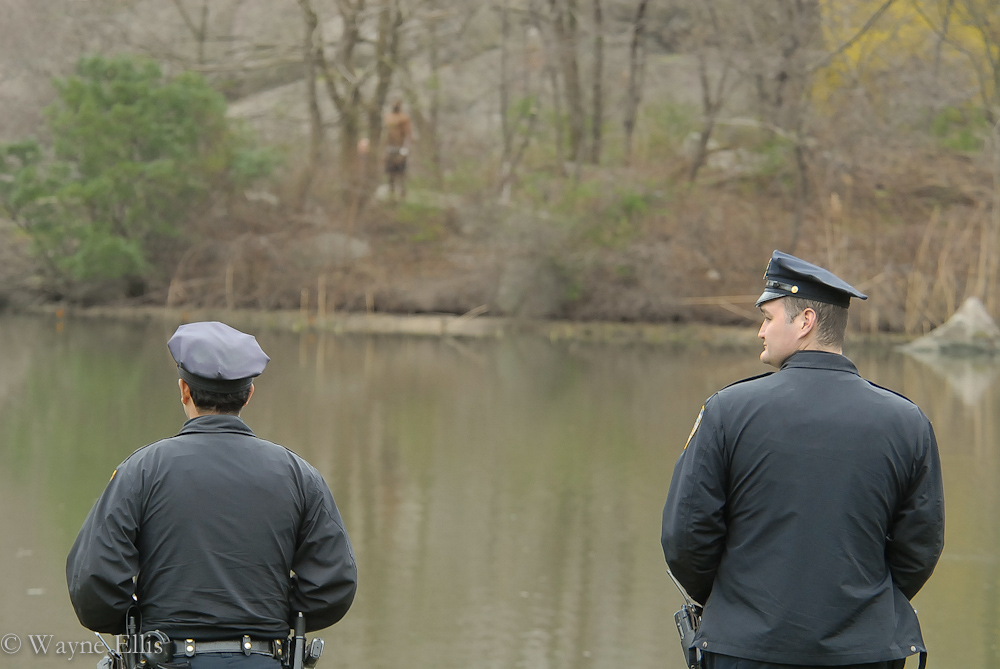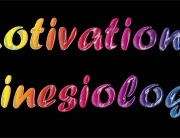We all have fears and limitations. When we perceive something as dangerous, a part of the brain (amygdala) triggers and we react without having time to think. Every time something fearful happens we lock the experience away for future reference. We literally ACT, THINK, STOP. This panic reaction puts us at risk of taking the wrong action.
Fear is the most powerful human emotion. The stock market, a supposedly logical rational system is driven primarily by fear. Governments refuse to act in case they upset the electorate and lose power. All sorts of phobias come into play, success, failure, winning, losing, being right, wrong, to name to few.
Fear is a natural response, an act of self preservation. If we step off the curb and are nearly run over, fear teaches us to be more careful next time. When our fear (s) become excessive or limits our ability to function normally they become irrational. We have seen a person have asthma attacks at the sight of a frog. Using Motivational Kinesiology we a were able to identify the underlying problem and reduce the problem.
Our phobias can come from an actual experience, or imaged eg., fear of shark attack yet we live in the middle of the desert. To the person they feel real. A fear of spiders creates a real physical reaction for the person.
Understanding why we have the fears helps to overcome them. In the case of the person and frog mentioned above there was a connection between frogs and her belief one of her parents did not love her. This was a very real belief for the person. Once the phobia was addressed with the Motivational Kinesiology correction taught in Level Two (a phobia scan list containing 829 phobias is included) the person was at least able to look at a frog without creating an asthma attack.
To break the phobia/fear habit we need to:
1. STOP
The first step is to realise we are reacting and stop. Take the time to breath and relax. Do not try and solve the problem yet. Breath and relax. When we feel composed go to step 2.
2. THINK
While continuing to maintain our relaxed breathing start to consider all the options relating to the problem at hand eg., we see a spider on the wall. How close is it? What type is it? What is the real possibly of coming in contact with it? This type of problem solving helps to put the situation in perspective. If the spider is a daddy long leg that is three metres away the chance of it risking it’s own life just to give us a little scare is remote. We can now move on to step 3.
3. ACT
Now we have accessed the situation from a relaxed centred space and considered the options we are in a position to take appropriate actions to achieve a successful outcome.
Sounds simple enough, give it a go.






Leave A Comment
You must be logged in to post a comment.